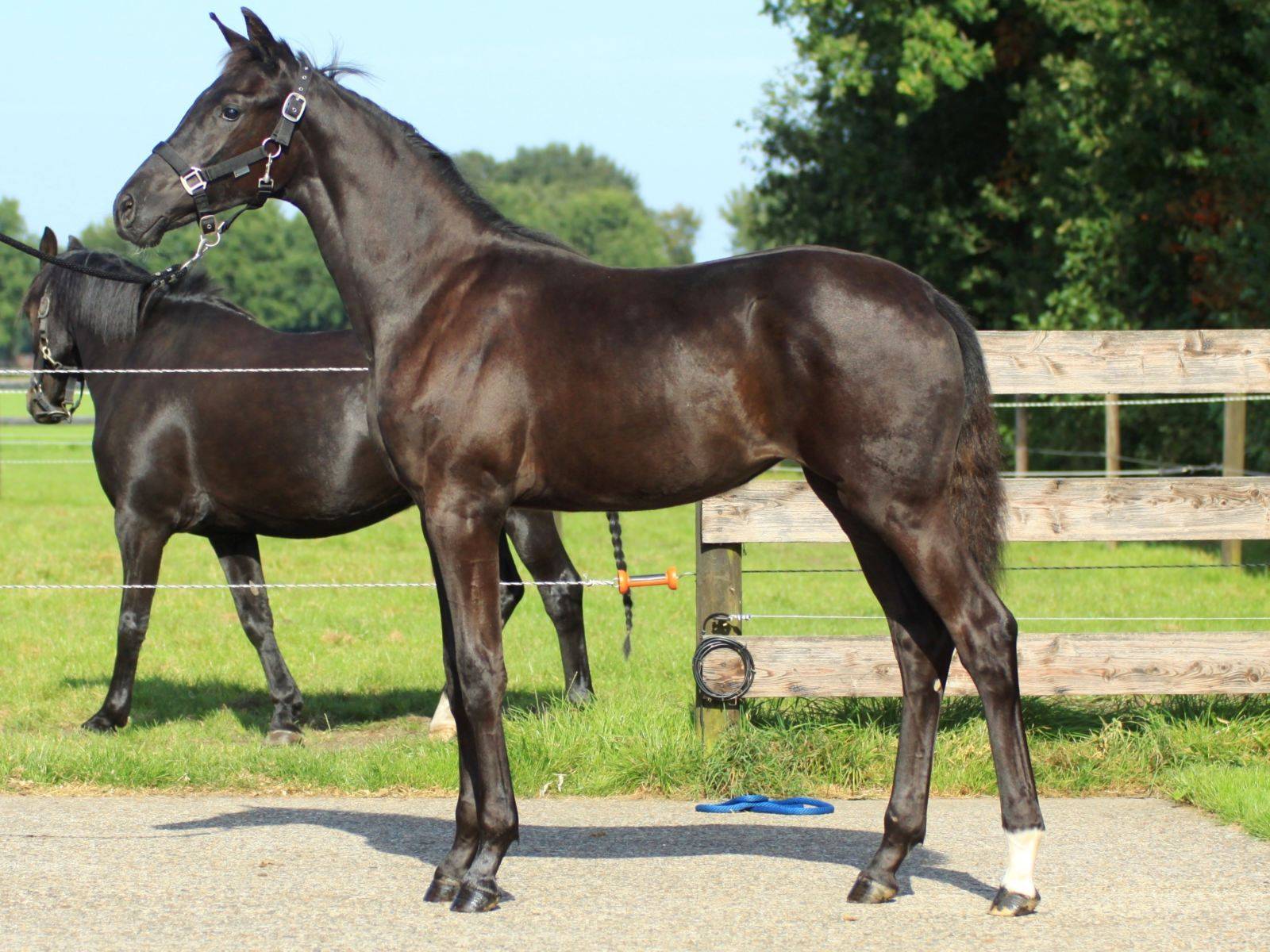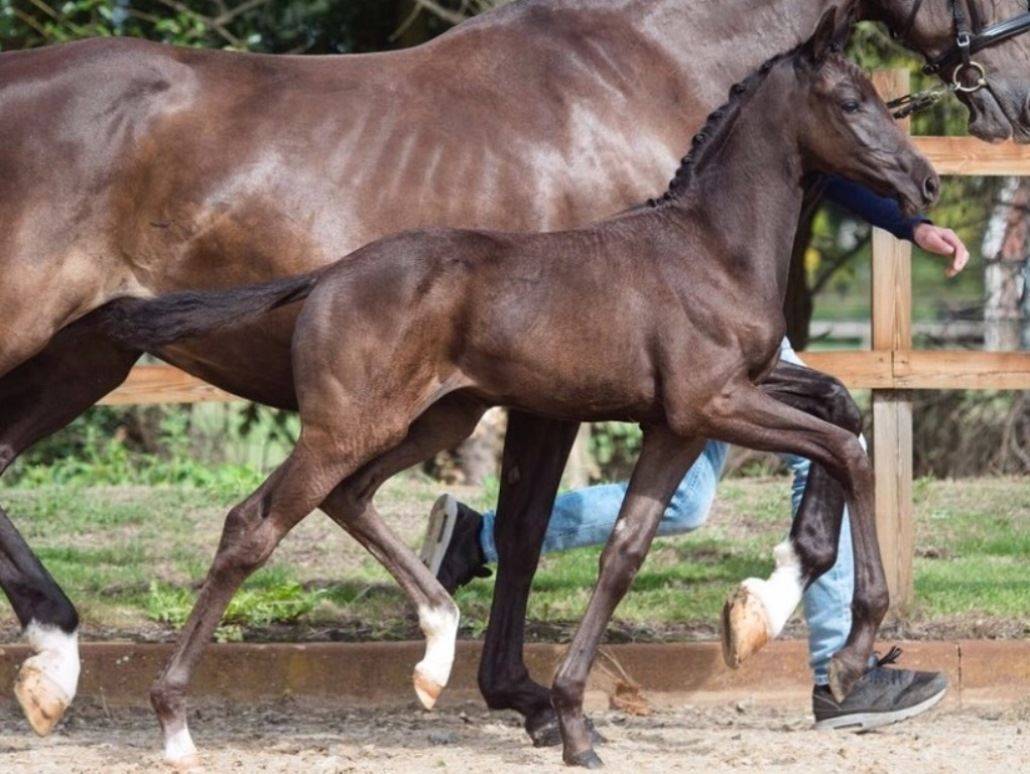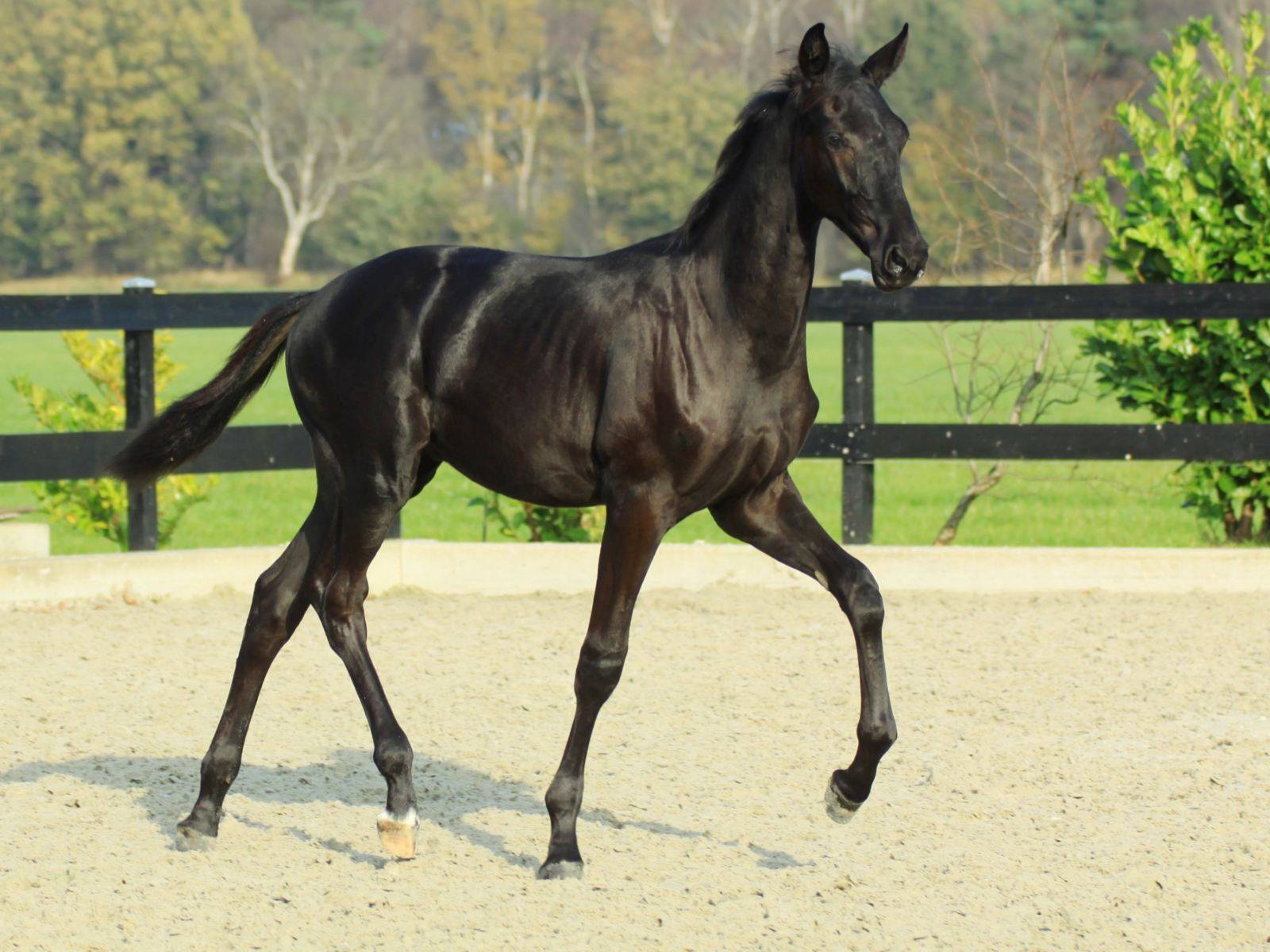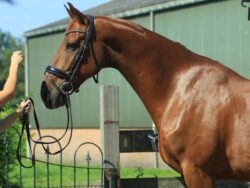Selecting the best horse by a rigorous system and continuous evaluation and research to improve the Dutch warmblood horse selection in Holland.
The continuous evaluation of breeding stock, as well as a high-tech research, statistical, and records department bring the latest developments in science and technology to bear on the improvement of the Dutch warmblood horse.
Warmblood Horse Selection
The long horse-breeding history and agricultural heritage of the Dutch bring generations of nearly in-born expertise to the production of top quality Dutch horses. The main tools in the ongoing evolution and improvement of the Dutch warmblood horse are the keurings or inspections. Which are held in the Netherlands and in North America every year. Horses are evaluated and rewarded according to their quality and fulfilment of the Breeding Goal. This system includes a very rigorous selection and testing system for breeding stallions. One of the most selective and rigorous in the world.









